Cats can get into all sorts of trouble, as many pet owners know. Sometimes, a heavy fall or another traumatic incident could lead to their bodies being severely hurt.
Cats can break their nose.
Although you might have come across some information stating that cats’ noses are only made of cartilage, there is a portion that is made entirely of bone that is connected to the rest of the animal’s skull.
How to Tell if a Cat’s Nose is Broken?
Nose fractures in cats are very rare, and that’s because a hit or a fall is more likely to affect the cartilage since this is the part that’s closer to the exterior.
However, if your cat did manage to break their nose, a frontal part of her skull might have been affected, too.
Ask a Vet
If you suspect that your cat may have broken their nose we recommend you speak with a vet ASAP. JustAnswer allows you to talk in real-time to veterinary experts for a small fee.
As you can imagine, if your cat’s skull sustains a fracture, there could be fragments of bones pushing onto your cat’s brain or at least the membrane that covers the brain, which can lead to meningitis.
Some of the symptoms that you can see in a cat that has broken her nose and sustained a skull fracture, too, are the following:
- Confusion
- Incoordination
- Blindness
- Changes in the cat’s behaviour
- Seizures
- Coma
- Difficulty breathing (huffing/wheezing, excessive chest movement when breathing etc)
- Epistaxis (bleeding from the nose)
All of these clinical signs should tell you that you need to take your pet to the vet clinic as soon as possible.
My Cat Has a Swollen Nose After a Fall, Is It Broken?
If this is the only symptom that your cat is showing and there aren’t any other parts in her face that are experiencing inflammation, the issue is probably localized to her nose.
As we have previously noted, cats have short nasal bones, and the tip is mostly made of cartilage.
However, even the cartilage can be damaged in some situations, especially when the animal sustains heavy trauma.
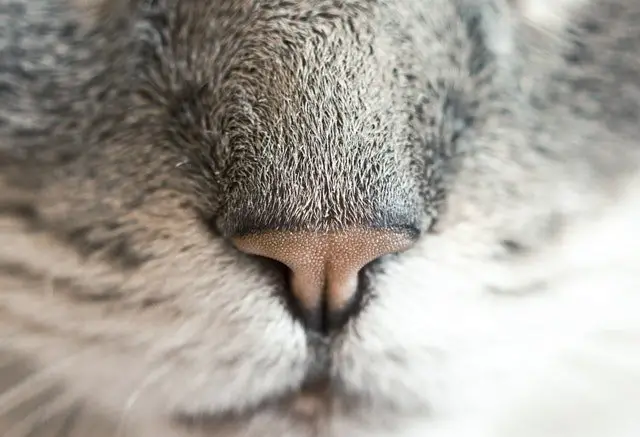
That cartilage is necessary to keep the nose in the correct position and allow your cat to breathe properly through the nostrils.
If it weren’t to exist, your cat would have completely different anatomy, where her nose would be extremely flat – practically nonexistent or at least similar to what a Persian cat has.
If your cat hits her nose and damages her cartilage, chances are that the inflammation will go on its own in a few days.
But since you can’t really know the extent of the damage, we suggest you take your pet to the animal hospital.
There are procedures and tests that vets can perform to tell if your cat’s nose is broken, such as x-rays, CTs, or MRIs.
Unfortunately, even the best veterinarians in the world aren’t capable of telling where a fracture is just by looking at your cat’s face.
How Can a Cat Break Its Nose?
Oral and maxillofacial trauma in cats can happen for a number of reasons, but an accident is the most possible one.
If you have been a cat owner for a while now, you probably know that this amazing animal has the ability to drop on its feet no matter where and how it’s falling from.
Cats that live in high buildings and that accidentally fall out the window (it happens more frequently than you think) will almost always land on their feet.
The exception would be cats that are born with nervous system impairments (Down-like syndromes) since they might not be as capable of regulating their reflexes as otherwise perfectly healthy pets.
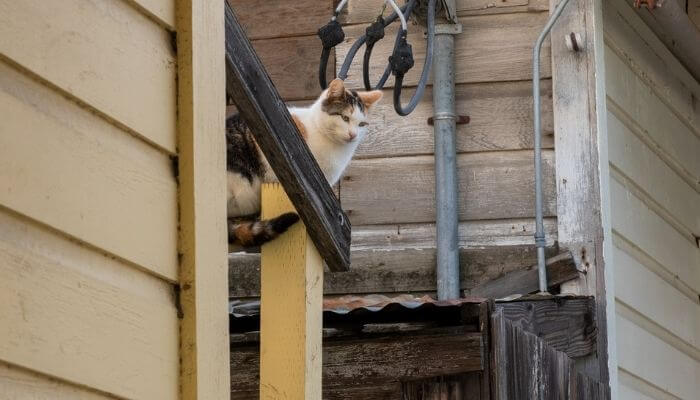
But even if a cat that falls from the 5th floor of an apartment building lands on her feet, what she can’t do is keep her head above the ground at the moment of impact.
The cat’s head will hit the ground with an amount of power that’s directly proportionate to the height she has fallen from.
In this instance, cats can break their nose, sustain dental fractures, jaw fractures, and a variety of soft tissue injuries.
Facial trauma is also possible in other types of accidents, such as when a cat is hit by a car.
However, most cats that go through car accidents don’t specifically break their nose — they can sustain a number of other injuries.
Cat Broken Nose Treatment
The treatment of this health problem largely varies depending on the severity of the fracture.
For example, some cats might have tiny fractures of the nose or upper jaw and require no therapy at all (besides anti-inflammatory medication and whatever other drugs your vet might recommend).
Cats that have larger fractures might have to have their air passages reopened, their teeth realigned, or their cheekbones might have to be stabilized with pins (that are put in place only during an operation where the cat is under general anesthesia).
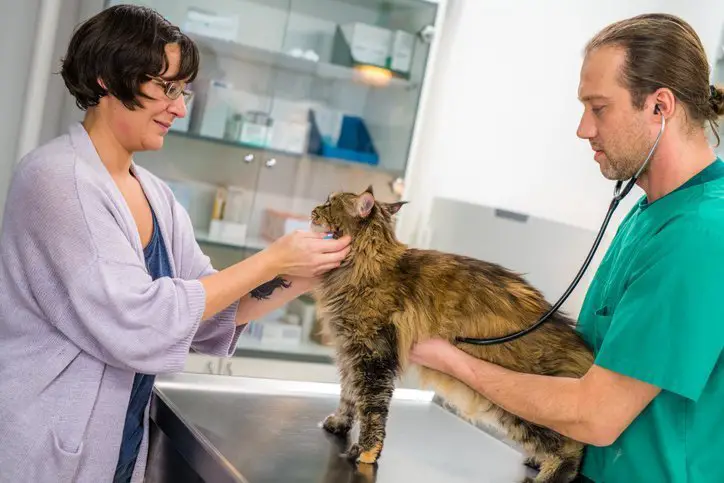
Many nose and skull fractures do not require any surgical therapy whatsoever.
But the diagnosis needs to be as accurate as possible and almost always involves the use of the imaging methods that we’ve noted above (with CT being a must).
If the cat is showing any neurologic symptoms, there could be tiny bone pieces pressing on her brain, and these will have to be removed.
Surgery is a challenge for cats that have severe nose and skull fractures, and that’s because they can’t breathe normally, so they might not breathe well when being put under anesthesia.
If the veterinarian thinks that the fracture will resolve on its own through a calcification process, they will prescribe analgesics that your cat could take for a while.
How Long Does it Take for a Cat’s Broken Nose to Heal?
It’s difficult to give a clear answer to this question as every cat is different, and so are the accidents these animals can go through.
Very mild fractures can resolve in several months without the use of any surgery. It takes so long because not all cats are the same, so their calcification abilities might be different.
Young cats usually have a better chance of recovery since their bones are still growing, so if they get the right diet and supplements, the calcification process will be quicker.
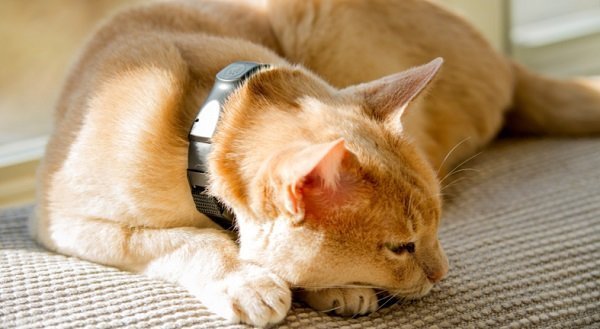
It takes time for a cat to complete her entire recovery, even if she goes through surgery.
Unfortunately, this is a body area that is quite sensitive compared to others.
A fracture of the nose, jaw, or skull can’t even compare to a fracture of a bone in your cat’s arm, for example, both in terms of recovery and in terms of how complicated the operation can be.
It’s also worth considering that these procedures might not even be available at all vet clinics.
Operating on a cat’s skull requires a number of skills and an amount of knowledge that can be acquired through internships and special courses, so a veterinary specialist might be needed in this case.
Preventing Bone Fractures in Cats
Prevention is worth a pound of cure, and since most bone and skull fractures can’t even be operated on, it’s even more important that your cat doesn’t sustain trauma.
If you live in an apartment building and your cat lives indoors only, make sure that you air out your rooms separately or use a cat window screen to prevent nasty accidents. Stay with your cat in the living room if you’re airing out your bedroom and the other way around.
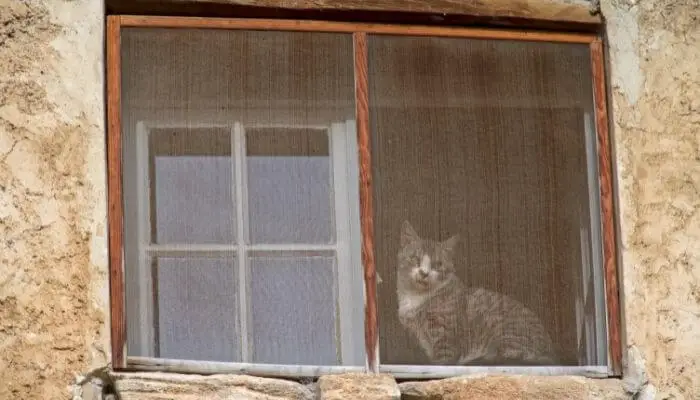
While you might think that the ventilation position that some windows come with is safer and will deter your cat from jumping out, this is not true.
There have been cases where cats were eager to go outside and have tried to go through the very narrow opening of the window and became stuck there.
Cats can be suffocated and experience a horrible death in this situation, especially since they can get stuck there while you’re not at home, so you might not be able to rescue your pet.
In general, cats that are always kept indoors have a much lower likelihood of going through accidents, including those involving cars.

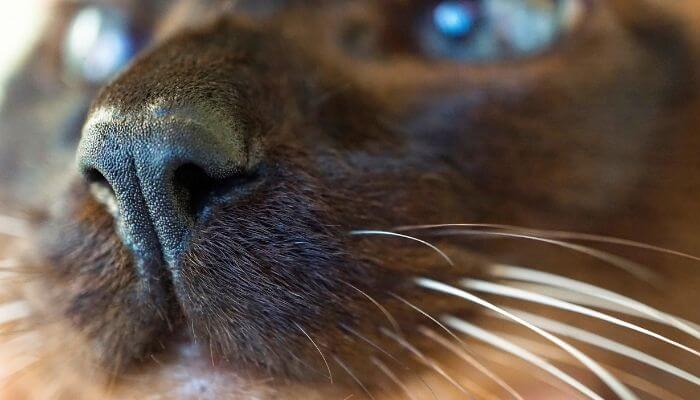
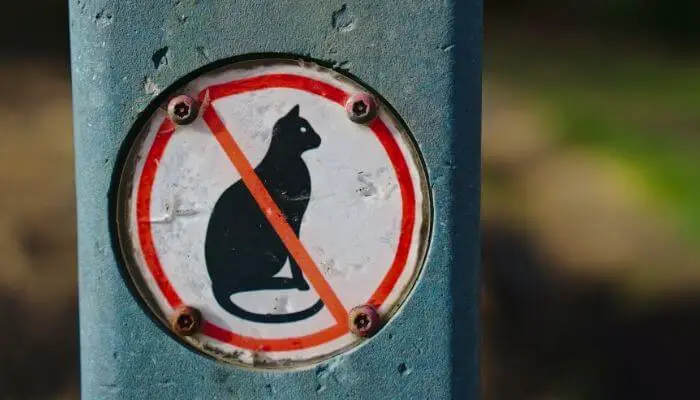
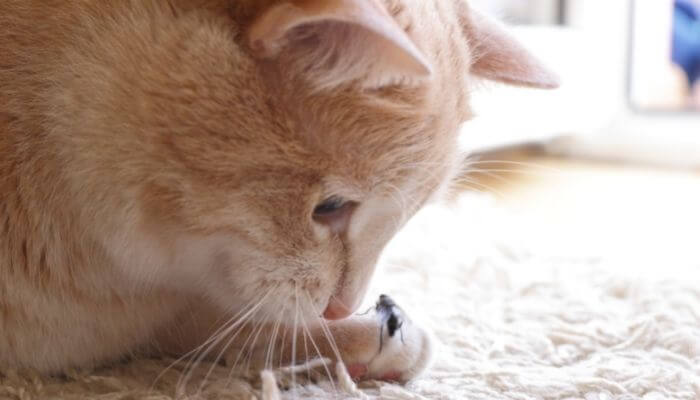


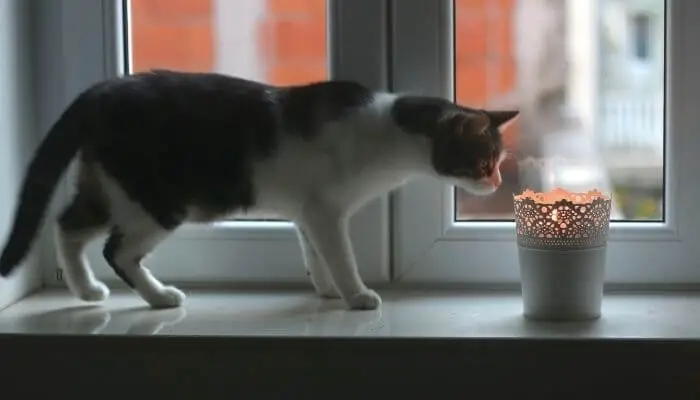
Leave a Comment